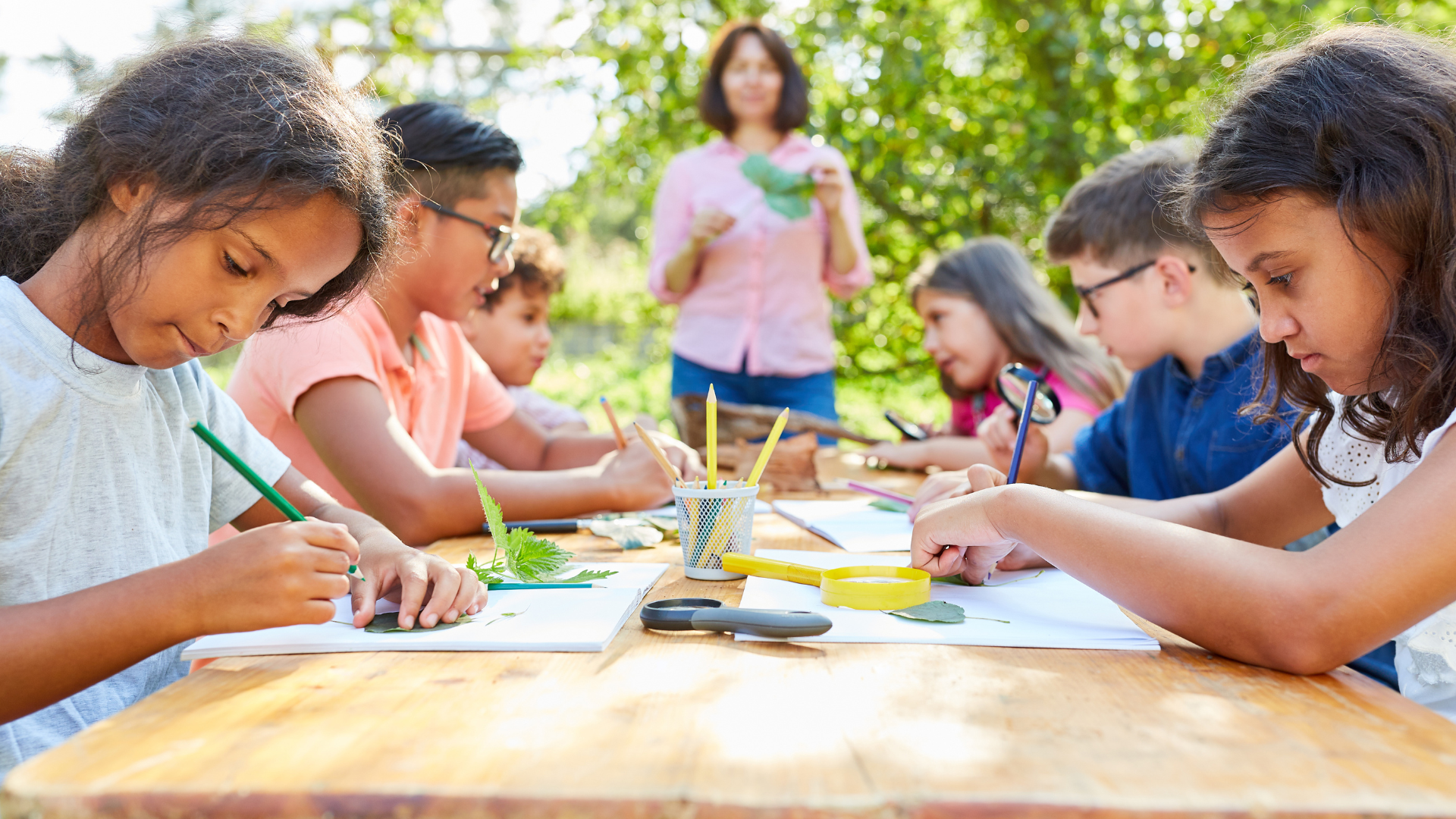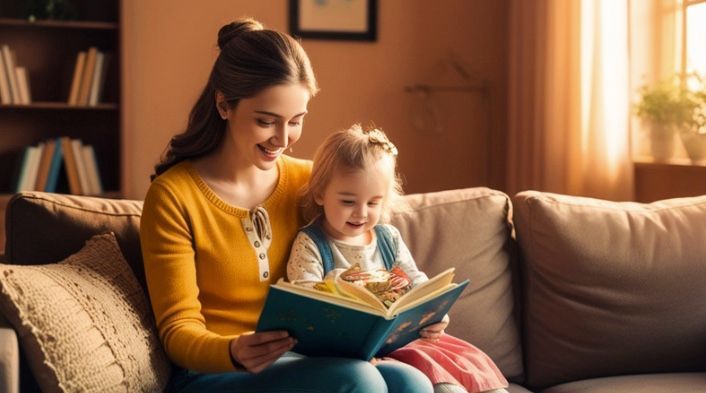Summer Education: Keeping It Fun!

Summer is here and most students are out of school for at least 2 months or maybe a little more. Do you remember how much you looked forward to Summer Vacation as a child? The last day of school for the year would be so much fun. Our family rarely got to go on a vacation trip; however, we were so excited for the freedom and non-structure of every day. It was our time to sleep a little later (maybe 15 minutes), not have to pack a lunch, dress in our play clothes, and roam the hills with our German Shepherd-Wolf dog. No one was messing with us. After a couple of weeks, we were bored. It seems the daily structure was helpful. We had the feeling of accomplishment each day, and to be honest, I still like that feeling. I want to know that my day counted for something.
Most children like some structure in their lives, and summer is the perfect time to dictate what that might look like for your own children. Getting up and playing video games until lunch, or watching television all morning and maybe the afternoon, is simply put, NOT healthy for anyone.
More than ever, as parents, we need to make sure that learning loss does not occur during the summer months. School lock-downs during COVID had a significant impact on learning for those children who were forced to stay home and do their lessons on the computer. Having substituted as a teacher for the last few years of my education career, this became extremely obvious. I taught in several different school districts in the surrounding communities of where I lived. I had 4th graders who cried when I handed out the math fact subtraction worksheet. This should have been mastered in 2nd grade. Writing a complete sentence took on a new meaning, and reading skills were woefully behind where they should have been. It seems that it is very easy to get behind, but catching up is just not that easy to do.
If you are a home-school parent or the parent of a student of a child who is behind grade level, this is your chance to make a difference in your child’s life. The rest of this Blog will be dedicated to some activities for the summer to help your child succeed. I will arrange them by subject. Remember your child’s age when picking activities to do with them. I am also posting some free materials: Beginning Sight Words, and What Your Child Should Know by the End of Kindergarten. Just a Note: Kindergarten is not the same as when I was growing up, which consisted of social interaction, stories, and art. Now kindergarten students are expected to learn beginning reading and math besides developing large and small motor skills as well as their ability to acquire some social skills,
Ideas for Summer Learning
Thinking and Logic:
1. Age-appropriate puzzles
2. Board Game Clue for Deduction and Reasoning
3. Other board games like Chess, Checkers, and Chinese Checkers. These games all require thinking more than one step ahead.
Math:
1. Math Facts for Addition, Subtraction, Multiplication, and Division. Buy them on pre-printed flashcards or make your own. These should be memorized for easy computation of math problems down the road. I realize some math programs like to show students how to complete their math using several different methods. I’m not a proponent of this. It only confuses them. I’ve seen the tears, especially on state testing.
2. Measurements. Work on these by cooking with your student. Let them do the measuring.
3. For Older students, make a Scaled Drawing of their bedroom along with the pieces of furniture. This makes it easy to change the look of the bedroom by moving furniture around only after trying it out on paper to make sure it will fit.
Reading:
1. Practice reading and spelling basic sight words.
2. Read books where most words can be sounded out.
3. Find books that have a free audio version of the book online. This gives your student the opportunity to follow along while someone else is reading a book that is too difficult for them to read on their own. This is especially helpful if your student is dyslexic. Remember, dyslexic students can understand material way above the level they can read. Because they process language differently, it may take them a while to bring their reading skills up to their understanding level.


